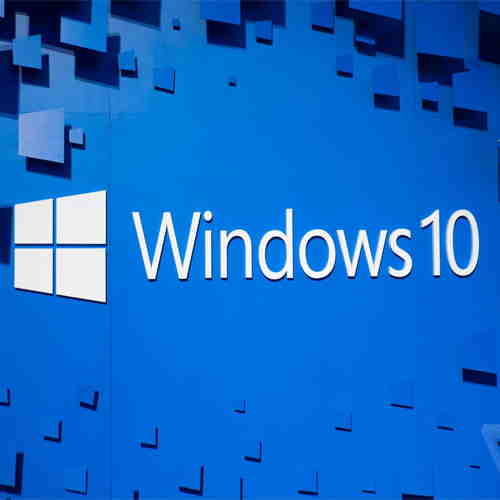
Microsoft will officially retire Windows 10 on October 14, 2025, ending free updates, technical support, and security patches. After this date, users can join the Extended Security Updates (ESU) program for one additional year of critical patches. While ESU is normally a paid plan, Microsoft is offering a workaround—users can sync their PC with a Microsoft account or redeem Microsoft Rewards points to access it for free.
Commercial and education customers can purchase up to three years of ESU support, extending protection to 2028, but home users receive only one extra year (until October 2026). The Windows 10 LTSC version—used in industrial and embedded systems—will still receive updates until January 2032, but it’s generally unavailable to consumers.
Analysis: Critics see the one-year extension as a short-term reprieve, not a long-term fix, giving users limited time to upgrade. Consumer advocates warn that pushing users to Windows 11, which has stricter hardware requirements, could generate significant e-waste, as millions of PCs are incompatible. Despite its age, Windows 10 still holds over 50% market share, making its retirement a major shift.
Bottom Line: The ESU program buys time, but upgrading to Windows 11—or exploring alternatives like Linux—remains the safest, most future-proof choice.
See What’s Next in Tech With the Fast Forward Newsletter
Tweets From @varindiamag
Nothing to see here - yet
When they Tweet, their Tweets will show up here.




























